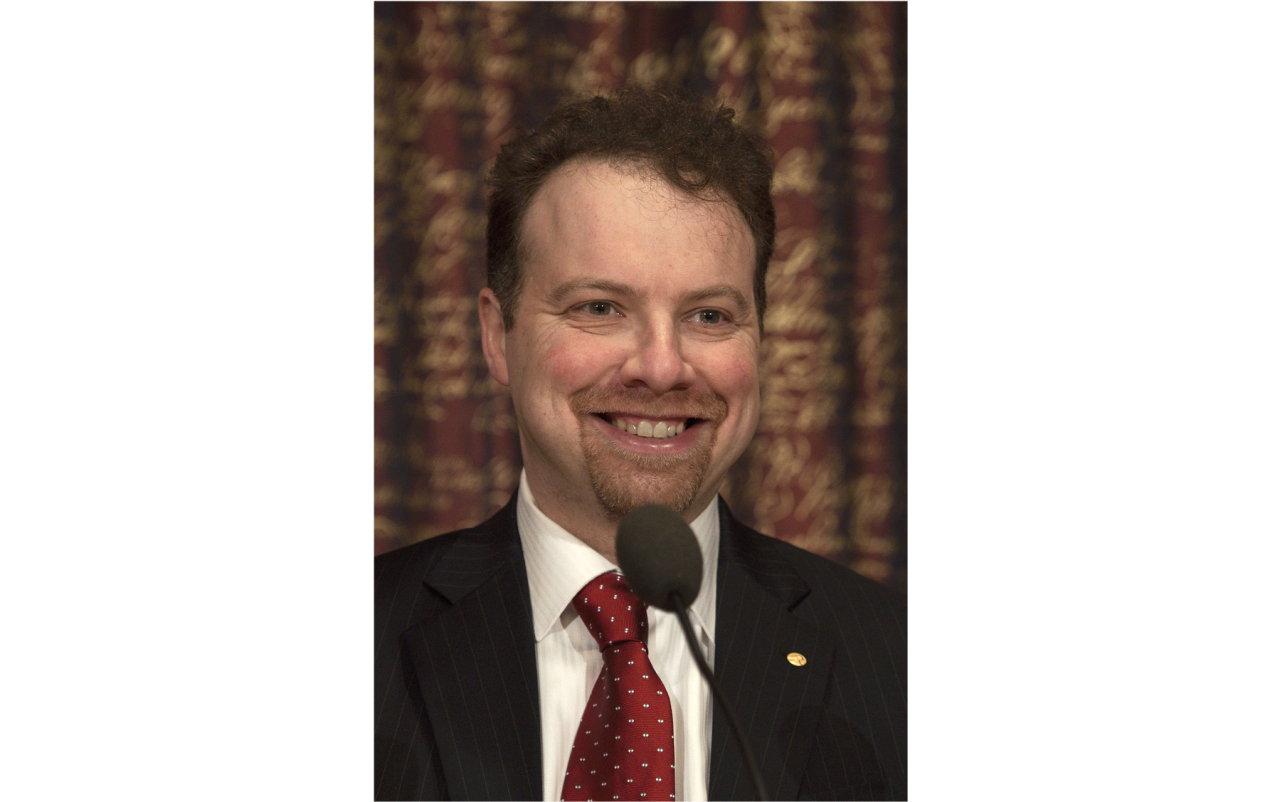Adam G. Riess
Year of birth, place
Biography
Adam Guy Riess is an American astrophysicist and Nobel Prize winner. After studying at the Massachusetts Institute of Technology M.I.T. in 1996, he received his Ph.D. from Harvard University with a thesis on Typ-I-Supernovae. Starting in 1992, he was part of Brian Schmidt's High-Z Supernova Search Team at Lawrence Livermore National Laboratory, one of the two groups that used supernovae to prove in the late 1990s that the universe is expanding at a steadily increasing rate, contrary to previous assumptions. Riess has been a professor of physics and astronomy at Johns Hopkins University since 2006. He has been a member of the American Academy of Arts and Sciences since 2008 and the National Academy of Sciences since 2009. Using the Hubble Space Telescope, Riess pursued a search program for supernovae at even higher redshifts, reaching into the earlier delayed expansion phases of the universe. In 2011, Riess was awarded the Nobel Prize in Physics for his discovery of the accelerated expansion of the universe through the observation of distant supernovae.
His achievements have also been recognized with a number of other awards, including a MacArthur Fellowship in 2008, the Gruber Foundation Cosmology Prize in 2007, and the Shaw Prize in Astronomy in 2006.
In 2014, on the occasion of the 25th anniversary of the ZKM, Riess gave a lecture on his research in the field of the expansion of the universe. In this video message, shown again here, he not only gives an easy-to-understand insight into his research and the use of supernovae as cosmological distance benchmarks, but also presents, based on the question of the fate of the universe, various scenarios describing dark energy and possible future variants of the universe.
